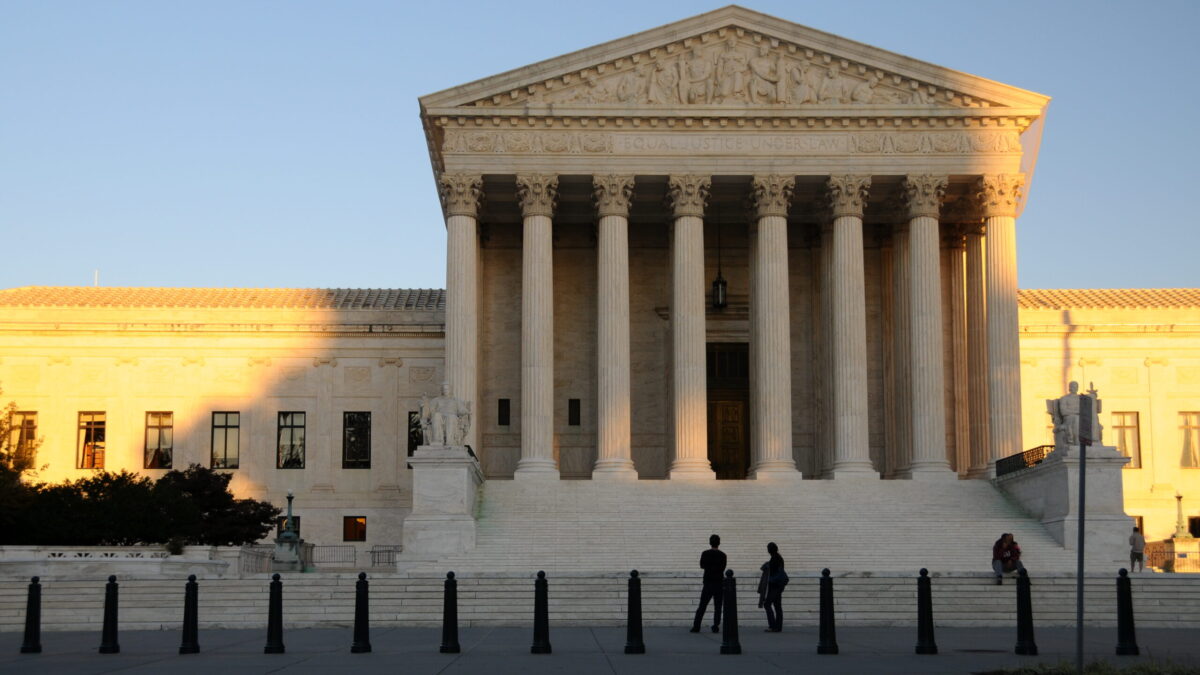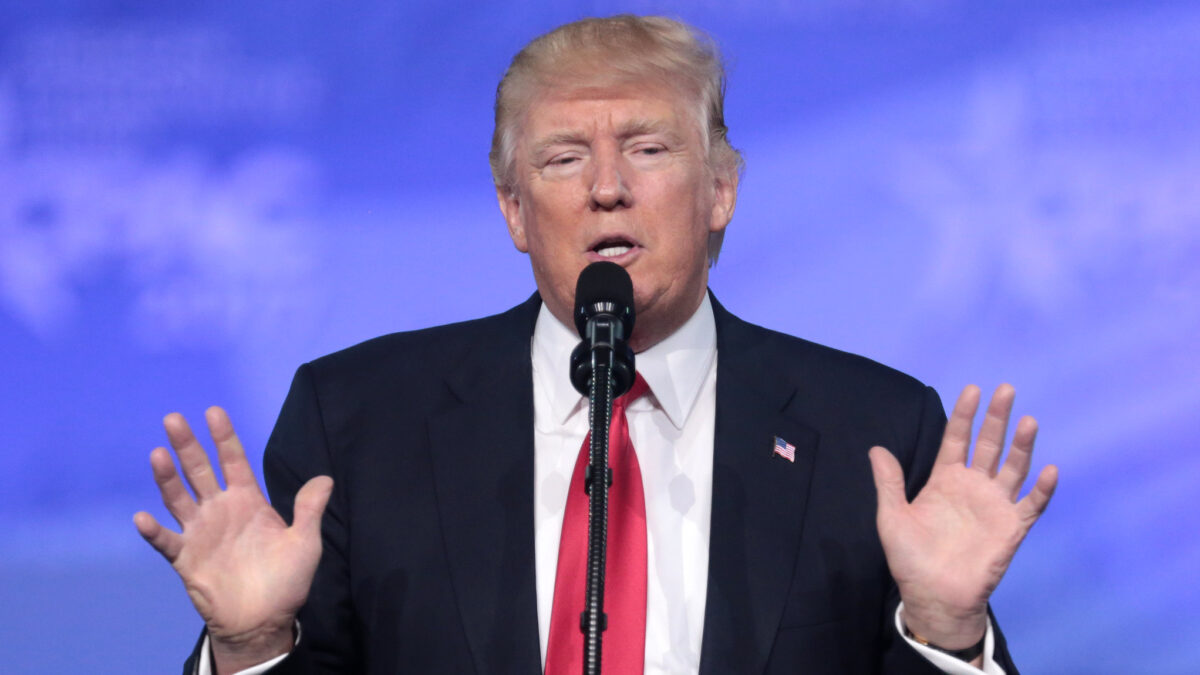
Early voter turnout among key demographics of the Obama coalition is down in the battleground state of North Carolina compared to 2012 at this time. The New York Times reported this week that black turnout is currently lagging 2012’s by 16 percent, calling the drop-off “political and logistical with lower voter enthusiasm and newly enacted impediments to voting at play.”
The refrain among liberal activists is that North Carolina “slashed” its early voting hours to prevent left-leaning minority populations from voting, pointing to this ThinkProgress story.
The problem with that theory is North Carolina didn’t slash early voting hours. The state’s 2013 reform law attempted to cut a week of early voting entirely, but a federal appeals court stayed that law.
The state’s cumulative early voting hours will be up 16 percent over 2012 by the time early voting closes, with overall increases in evening, Saturday, and Sunday hours as well as an uptick in early voting sites offered, according to the state’s Board of Elections. ThinkProgress’ own “slashing” story mentions this.
But maybe the cumulative picture isn’t the whole story. An overall increase could hide partisan or racial chicanery if early voting hours are up in Republican areas but down in minority and Democratic areas. So, let’s test that theory.
The offending county mentioned in the New York Times, Politico, ThinkProgress and employed by liberal activists on Twitter as de facto proof of voter suppression is Guilford County. Encompassing Greensboro, the county is one-third black and its Board of Elections is controlled by Republicans.
So, what are the early voting stats in this allegedly egregious offender county where Republicans are trying their damnedest to keep African-American voting to a minimum?
In 2012, Guilford County offered 2,364 cumulative early voting hours. In 2016, the number is 2,409.5, which amounts to a small increase. In 2012, Guilford County offered 22 early voting sites. In 2016, the number is 25, representing about an 18 percent increase.
Weekend and evening hours are down modestly, which gives some credence to Democrats’ complaints on behalf of working-class and disproportionately minority voters who use those hours, but the argument that Guilford County is some Jim Crow throwback thwarting the black vote at every turn is untrue. More hours over more sites during a more compressed timeline does not constitute “slashing.” Reporters and activists are cherry-picking the first week of early voting, during which Guilford County only opened one polling site versus 16 in 2016, to make their argument. Again, they’re welcome to complain about that, but early voting has not been slashed.
Mecklenburg County, which includes a large black population and the city center of Charlotte, is another subject of liberal activists’ complaints. It has the same number of early voting sites as 2012 and increased early voting hours in 2016.
Let’s talk about how this plan for Guilford County was arrived upon. After state Republicans tried to cut early voting from 17 to 10 days and require ID in a sweeping 2013 reform law, a federal district court affirmed the law, but a federal appeals court overturned it, claiming discriminatory legislative intent. North Carolina Republicans had sought racial breakdowns of voting practices from the state board of elections in crafting the law, emails showed, and they paid for it. The Supreme Court voted 4-4 on the issue, effectively affirming the Fourth District’s decision against the law until after the election. That law is not at issue in this election.
Instead, North Carolina’s counties went about creating new rules three months before a presidential election, subject to approval by the state Board of Elections.
As one might imagine, there was tough partisan fighting over these last-minute plans. Preliminary plans often cut more hours than the final versions. In Guilford County, the elections board unanimously approved a plan proposed by the board’s sole Democrat, according to reporting by the Greensboro News & Record.
Horace “Jim” Kimel, the board’s lone Democrat who proposed the plan, also said he was confident that students and minorities would have ample opportunity to vote in November. The approved plan, he added, was much better than the original proposal.
“If they’d gone ahead with the original plan, I would have voted ‘no’ and submitted an alternate plan — which probably would have gone absolutely nowhere,” he said. “Nothing’s perfect. I would like all voting sites open 24 hours a day, seven days a week, but that’s not possible.”
This is literally “what democracy looks like,” as the favorite chant of liberal protesters goes. A legislature passed a law, a court took exception, localities had heated debate about a compromise, partisan shenanigans were curbed on both sides, and they came up with a plan that’s essentially a modest rearrangement of the times of early voting hours but with added total hours and sites. This is not a crisis.
So what has all this suppression done to the early vote? Gerry Cohen, who has been tracking early voting by county, tweeted Tuesday’s totals in Guilford:
Guilford County early voting Wednesday 15,623. Cumulative 119,633. (Same day 2012 9,597, cumulative 2012 119,629) https://t.co/xUSOLonJA7
— Gerry Cohen (@gercohen) November 3, 2016
Heckuva job, suppressors.








